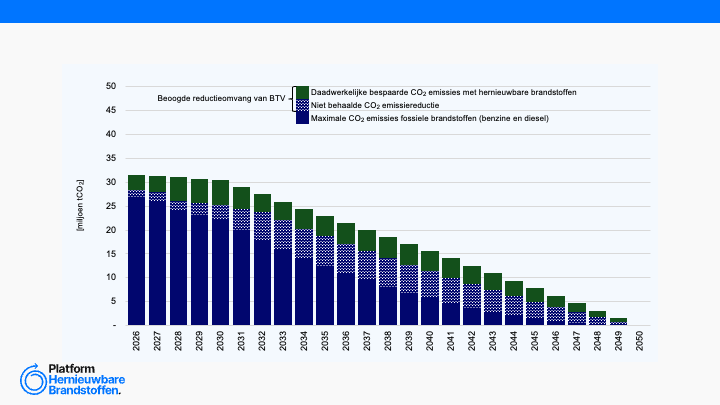Alternative Kraftstoffe - Klimawirkungen und Wege zum Einsatz Alternative Kraftstoffe

Germany has committed itself to lower the 2030 Greenhouse gas emissions of its transport sector by 42%, compared to the emission levels in 1990. Alternative Fuels can contribute to this reduction target. Germany has established a National Platform for the Future of Mobility, under which various Working Groups explore the various opportunities and technologies. One of the working groups focusses on alternative fuels and assessed which options exist to lower the carbon intensity of liquid and gaseous fuels. In this report proposals are presented how to increase the share of alternative fuels in the various transport segments.
More information is found at the website of NMP.
From the executive summary of the report:
Chapter 1 provides an introduction to the different types of alternative fuels (biogenic fuels and electricity-based fuels such as hydrogen) and the degree to which they are used today as well as key sustainability criteria.
Chapter 2 deals with the varying standpoints of WG members regarding the subject matter. The views on how much and in which applications alternative fuels can and should contribute to reducing CO2 from transport vary hugely. Two issues are particularly controversial: the development of the availability of renewable energies at a global scale and especially the question of whether or not electricity-based fuels should be used in road traffic.
Chapter 3 shows possible routes towards the use and launch of alternative fuels. These routes are based on the
analysis of the expert opinions commissioned by the German government and prepared by the German Oeko- Institut and Prognos, which, within the current legal framework, predict only a very minor effect on CO2 reduction through the use of alternative fuels by 2030. With the design of two timetables on biogenic and electricity-based fuels, the technologically feasible steps for the development of industrial production pathways for sustainable biogenic fuels, for fuels based on renewable electricity and for green hydrogen are visualised on a timeline. Required action
and dependencies are shown from a technological point of view: the technologies are not yet mature enough, both in terms of individual technologies (e.g. electrolysers, direct air capture) and in terms of their integration into an overall process. Following the current assessment of the technological feasibility and the duration of planning pro- cesses, production on an industrial scale cannot be expected to be launched before the second half of the decade. The production and use of advanced biogenic fuels cannot be arbitrarily increased due to the limited availability of biogenic source materials and due to competing uses. The prognoses regarding the production costs of electricity- based fuels in 2030 vary significantly and show a much higher cost level than fossil fuels.
Chapter 4 provides an initial overview of the possible available instruments which could incentivise the launch of alternative fuels. The production of Power-to-X technologies (PtX) on an industrial scale can only be realised if additional government instruments are available at the national and international levels. Incentives for investment decisions in favour of launching alternative fuels could be provided via grants, quotas, tenders, a CO2 price as well as an adaptation of the tax and contribution system. In order to attract the necessary investment, the instruments need to be reliable and predictable in a timeframe that is in line with the respective investment. Within WG 1, there was a heated debate on a suitable set of instruments: according to their individual standpoints, different members favoured different combinations of instruments.
In its conclusion in Chapter 5, the report presents the different points of view and each of the preferred sets of instruments and provides joint recommendations for action. The recommendation is to immediately define and implement ambitious, long-term and binding sustainability criteria for the production of electricity-based and advanced biogenic fuels if current criteria are inadequate or non-existent. Research is to support the up-scaling of technologies including the reduction of their short-term costs in a targeted way. In addition, a market launch programme for larger facilities of 10,000 tons per year is essential for the uptake of electricity-based liquid fuels (PtL). Moreover, international co-operation and partnerships are to be supported politically and financially. The global expansion of additional capacities for the production of renewable electricity is a pre-requisite for positive climate effects of PtX fuels.
Recente artikelen
Analyse brandstoftransitieverplichting

Nederlandse industrieclusters presenteren bidbook: Een basisindustrie om op te bouwen: nu & in de toekomst



